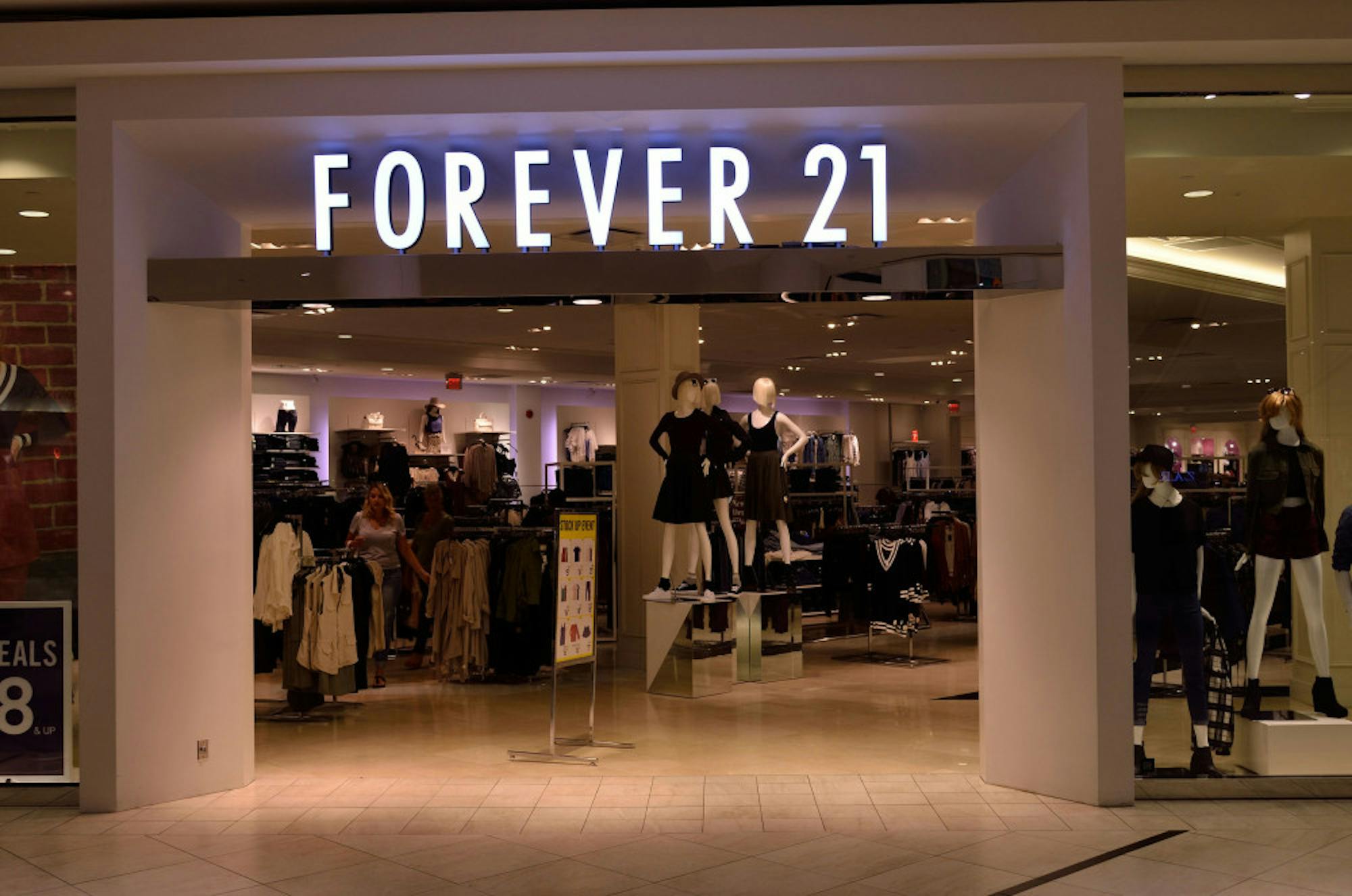Fashion, like all art forms, is first and foremost an exercise in self-expression. We often wear our clothes and only think about how they will serve the particular objective we need and forget to consider the long and arduous process it took to be holding a particular garment in our hands. While it is commonly acknowledged that the fashion industry has significant impacts on the environment, the actual extent of the damage it causes is staggering.
Between the production of clothing and the increase in the amount of clothing people own, the environment is feeling the damages more than ever. According to the United Nations, the fashion industry produces 20% of global wastewater and 10% of the entire world's carbon emissions. The dyeing process of textiles is the second largest source of pollution of water. To produce one pair of jeans, it takes around 2,000 gallons of water. Half a million tons of microfibers are released into the ocean when clothes are washed per year.
With the average woman in America owning seven pairs of jeans and the average American family washing around 8–10 loads of laundry per week, this is clearly not a sustainable cycle. Due to clothing underutilization and lack of recycling, $500 billion of value is lost annually. If the industry is allowed to continue unchanged, it will use up a quarter of the world’s carbon budget by 2050. Clearly, this is an issue that requires timely and serious change through international collaboration, individual companies taking steps to improve and consumers changing their behavior to be more sustainable.
In response to the growing environmental impacts, The United Nations Alliance for Sustainable Fashion was launched in March. The group aims to change “the path of fashion, reducing its negative environmental and social impacts; and turning fashion into a driver of the implementation of the Sustainable Development Goals.” Fashion is a $2.4 trillion-dollar industry, employing 75 million people worldwide, and the Alliance acknowledges how this can be viewed as a source of potential, as making significant changes to an industry of this size could greatly help our overall progress towards our sustainability goals.
The organization is attempting to promote collaboration between different initiatives that have similar goals and use the established name of the United Nations to give a voice to the issue of unsustainable fashion. While it is still relatively new, the Alliance represents a starting point for improvement through international collaboration which will be necessary to change the path the industry is travelling on.
On a smaller scale, change from individual manufacturers and retailers will be necessary for any real change to be possible. Specifically, companies should move away from fast fashion, where remade runway looks are produced quickly and cheaply. Fast fashion leads to negative environmental impacts because of the increased manufacturing it requires and because a much higher volume of clothing is being produced. However, the garments are not quality-made, so fast fashion leads to quicker overturn of clothing and more waste.
However, some retailers that are fast fashion producers have had to recently file for bankruptcy, like Forever 21 did in September. This could represent a shift in consumer preferences to more sustainable and higher-quality garments. Some companies have already tried to make the necessary changes to remain competitive as consumers begin to be more conscious of the environmental impacts of their purchases. Prada, for example, announced in June the launch of their Re-Nylon project, which is a line of bags produced from regenerated nylon. While companies like Prada clearly have a very long way to be environmentally sustainable (Prada still produces leather products), these steps are a start and indicate potential for a larger, industry-wide shift. On a smaller scale, individuals can decrease their environmental impact by purchasing fewer fast fashion products and being more mindful about supporting companies that are sustainable.
In face of environmental repercussions, sustainable fashion takes hold

Fast-fashion producers Forever 21 recently filed for bankruptcy.





